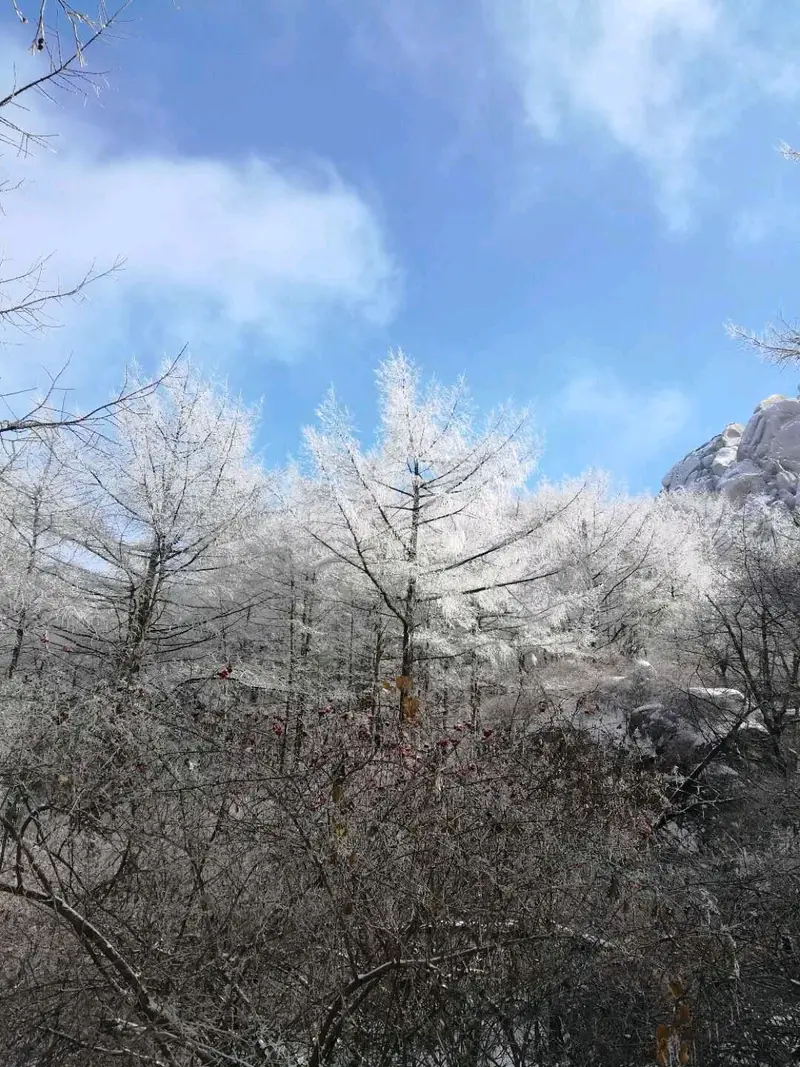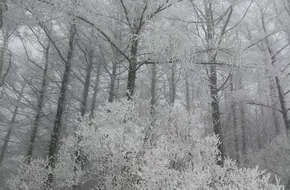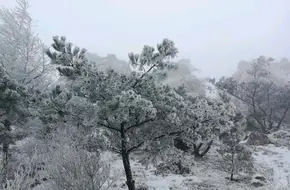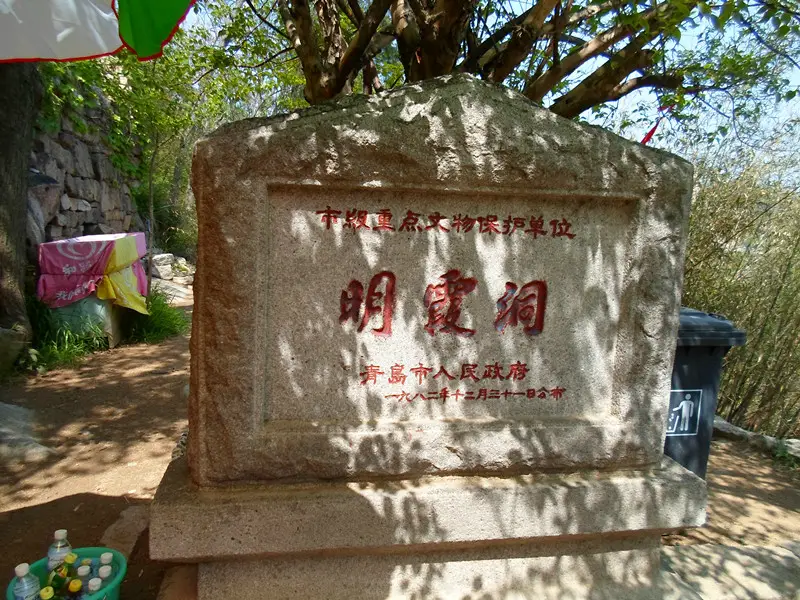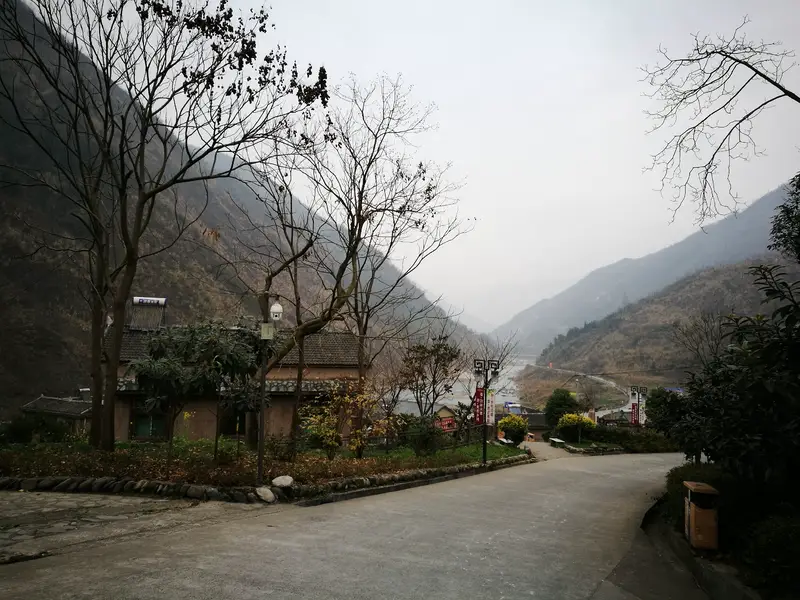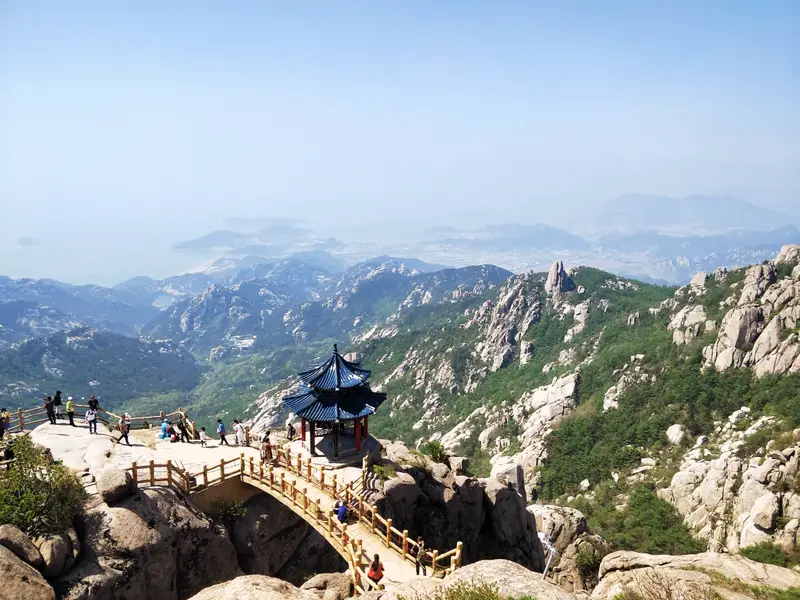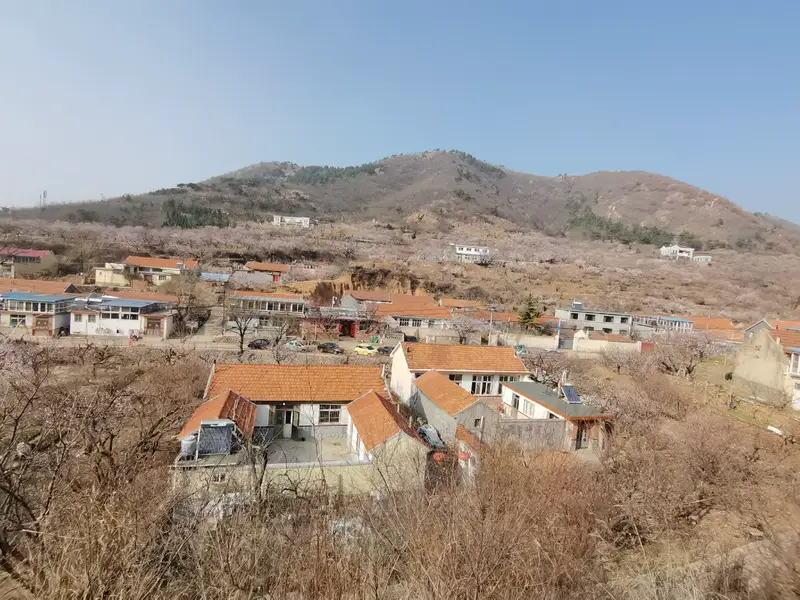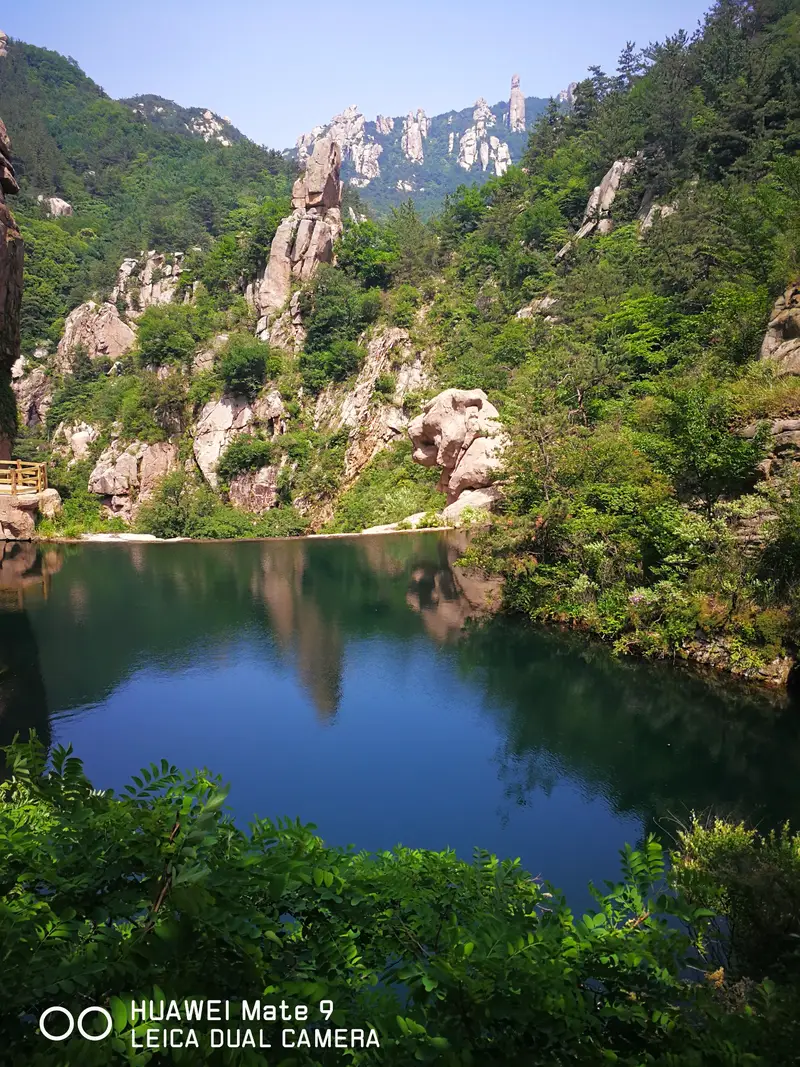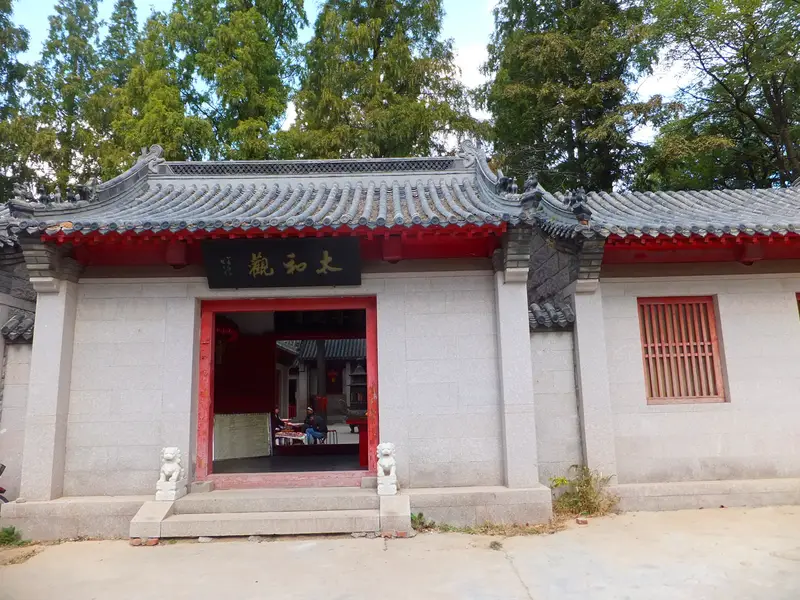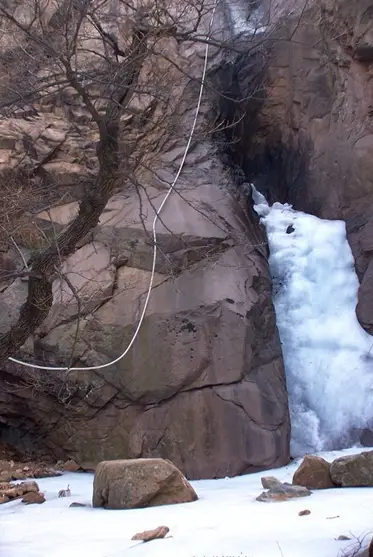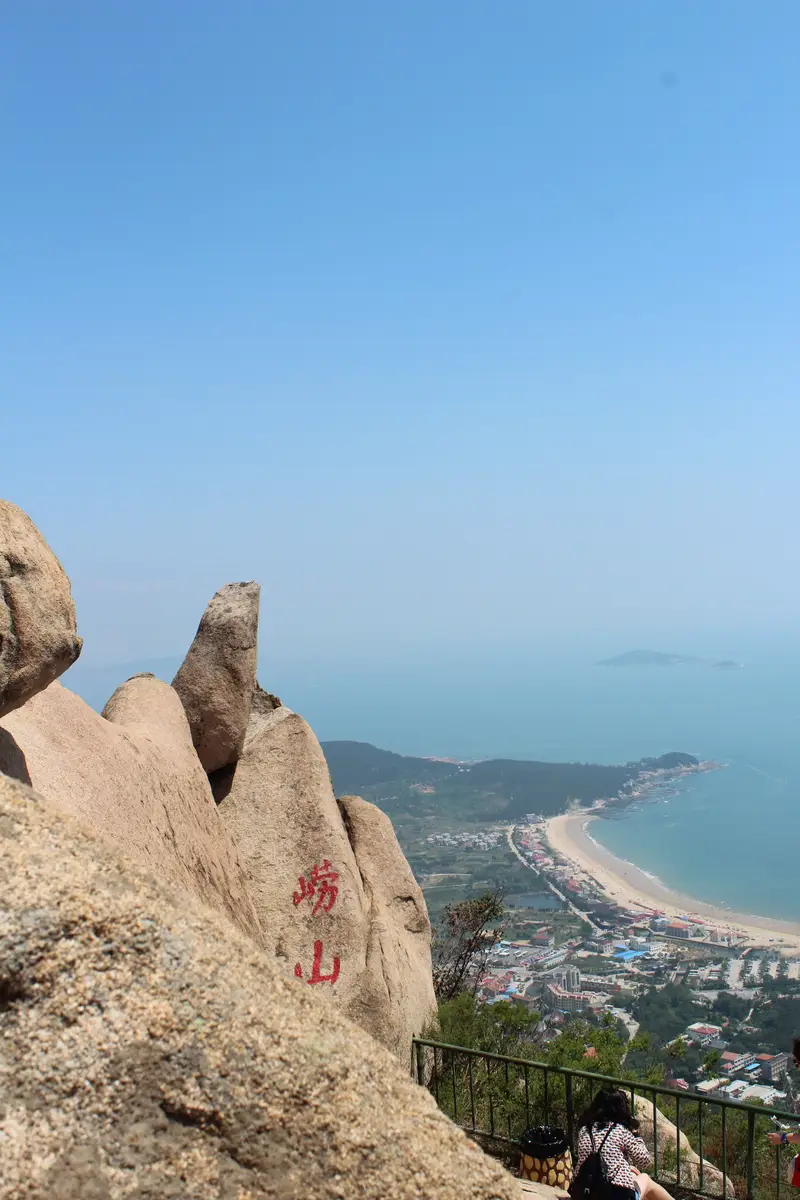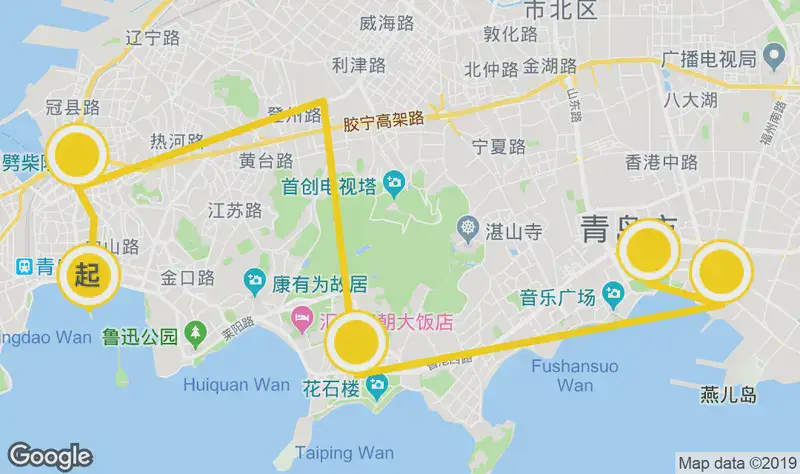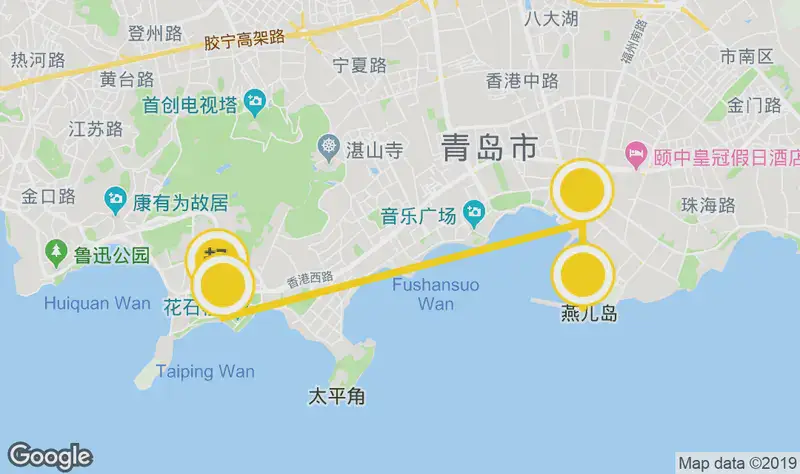Geographical Location
Qiannu Peak sits within Laoshan Jugufeng Scenic Area, nestled at 29 Meiling Road in Laoshan District, Qingdao, Shandong Province. This iconic peak is part of the larger Laoshan (Mount Tai) range, which is famous for its rugged coastline and spiritual heritage. To reach Qiannu Peak, you’ll first need to enter the Jugufeng Scenic Area—a must-visit for anyone exploring Laoshan’s natural wonders.
Transportation Tips
Getting to Qiannu Peak is straightforward:
- By Bus: From Qingdao city center, take bus 104 or 304 to Laoshan Bus Station, then transfer to a mini-bus for Jugufeng.
- By Car: Drive along Hangzhou Road toward Laoshan, follow signs to Jugufeng, and park at the scenic area’s lot.
- Cable Car Option: For a smoother hike, take the Laoshan Cable Car from Taibao Scenic Area to save energy for Qiannu Peak’s final ascent.
Natural Landscape: A Living Sculpture
Qiannu Peak is a south-facing peak with a shape so unique it feels like nature’s own artwork. From afar, its rocky summit resembles a village girl wearing a scarf, hands clasped in prayer, facing north. The contours of her “eyes,” “nose,” and “mouth” are strikingly clear, carved by centuries of wind and rain. On sunny days, the rocks glow warmly, making the resemblance even more lifelike. Locals call it “Qiannu” (Devout Woman), reflecting its serene, almost sacred posture.
Cultural Significance: A Symbol of Devotion
The peak’s name, Qiannu, hints at stories of faith. While no myths are officially tied to it, the pose—hands pressed together, head slightly bowed—evokes a sense of humility and reverence. Some believe it represents a local villager praying for harmony, while others see it as a guardian of Laoshan’s spiritual energy. Regardless of the tale, visiting Qiannu Peak feels like encountering a timeless witness to both nature and humanity.
Practical Amenities
Inside Jugufeng Scenic Area, you’ll find:
- Visitor Centers: Maps, guides, and water refills.
- Rest Areas: Shaded spots with benches to admire views of Qiannu Peak.
- Food & Drink: Stalls offering shaomazhuangyuan (burned cereal soup) and snacks near the cable car station.
- Photo Spots: Signs direct you to the best viewing platforms for Qiannu Peak’s full silhouette.
Hiking Experience: Close Encounters with Nature
Reaching Qiannu Peak involves a moderate hike from Jugufeng’s main trail. The path winds through pine forests and rocky outcrops, with occasional glimpses of the Yellow Sea. Along the way, information boards highlight Qiannu Peak’s geological history. When you finally stand before it, the scale of the rock formation is humbling—it’s easy to spend hours just studying its details.
Pro Tip: Visit during early morning or late afternoon. The sun’s angle enhances the peak’s shadowy features, making the “face” more defined.
Why Qiannu Peak Should Be on Your Itinerary
If you’re short on time, prioritize Qiannu Peak over other Laoshan spots. Its blend of natural beauty and cultural symbolism makes it a standout. Unlike crowded temples, this quiet peak offers a personal connection to Laoshan’s spirit. Don’t forget to bring a zoom lens—the details of Qiannu’s “expression” make for unforgettable photos!
Whether you’re a hiker, a photographer, or someone seeking tranquility, Qiannu Peak delivers a rare mix of adventure and reflection. Pair it with a visit to nearby Baguazui (Eight-Trigram Fortress) for a full day of Laoshan’s highlights.


